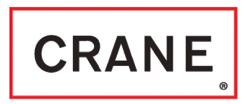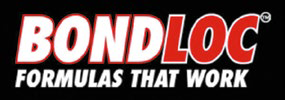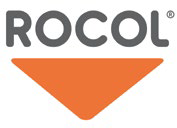Worsted Wool Instructions
WORSTED TRIMMING PREPARATION
Plug Trimming
- Rotating Bearing Oil Cups
- Big-End Bearings
Plug/Tail Trimming
- Rotating/Stationary Oil-Cups
Tail Trimming
- Stationary Oil Cups
Pad Trimming
- Underkeeps of Axles where the pad is constantly fed with oil from an oil cup.
Important
Only use Copper wire in the construction of the trimmings, so to avoid any damage to the shafts surfaces.
TRADITIONAL WORSTED TRIMMING WOOL KITS FOR TRACTION ENGINE AND LOCOMOTIVE BEARING LUBRICATION
Lubrication of bearing surfaces is maintained by the supply of a constant thin film of oil between the surfaces of the bearing and the shaft. In most bearing applications in steam traction engines and locomotives, a small but constant supply of oil is maintained by the use of traditional wool trimming which syphons the oil from usually a cup and down a small tube communicating with the bearing surface. Depending on the type of bearing, the type of lubricating oil may differ, with generally a lighter oil for high speed bearings and a thicker oil being used for lower speed shafts. The choice of oil is down to the operator, but Morris Lubricants, Castle Foregate, Shrewsbury, offer the enthusiast an excellent choice of Steam Engine lubricating oil. We recommend their Bearing Oil ISO 220 / 460 for general bearing lubrication as the wetting and wicking ability is excellent.
The Choice of Worsted Trimming used for lubrication, will depend on the method of lubrication. It's important to use a genuine 'worsted' wool, as most wool available from retail outlets has had all the natural oils washed out and often contains some element of polyester. The wool supplied in this pack has been supplied direct from the Mill before any of the processes to remove the natural oils has occured, thereby ensuring excellent wicking ability. The kit contains two thickness of worsted wool; the choice and number of wool strands will also depend on the size of the communication tube and flow of oil required.
There are generally three types of lubricating cup application:
1) Rotating Bearings, such as Big-End bearings
2) Sliding, such a pistons, Little-End bearings
3) Stationary, such as cup oilers to main shafts and axle bearings
Rotating Bearing Oil Cups / Big-End Bearings. The usual type of trimming used is a 'PLUG' Trimming. The top of the trimming being constantly supplied with oil by the rotation of the crank. A Plug trimming with the tails can also be used, where you wish the oil to continue to supply a constant feed of oil to the bearing when the engine is stationary, thereby keeping the bearing wet and therefore oiled.
When making up a PLUG trimming, it is important to ensure that enough wool is used so that the PLUG trimming fits quite snugly in the tube. If the Plugs are too tight then the bearing will not get enough oil and if the bearing uses too much oil then the Plugs are too loose.
When making up trimmings of any type, make sure that the ends of the wire are not left too long so that they could make contact with the journal of the shaft or crankpin. The use of copper wire is important, so that no damage to a steel shaft occurs if the wire was left too long.
Sliding / Stationary OIl Cups. Tail trimmings are for oil-cups. The number of wool strands that are used to make up the trimming will depend on the diameter of the tube and the rate the oil needs to be syphoned into the bearing is governed by the number of tails that are left in the oil-cup. The amount and rate of oil that is syphoned will also depend on the thickness of the oil.

















